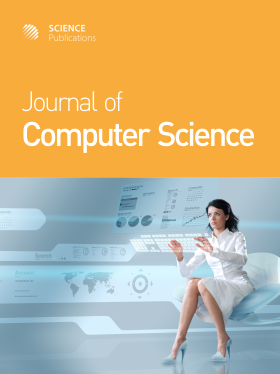Predicting Antigenic Peptides Using a Multi-Level Transformer Model with Enhanced Feature Selection
- 1 Department of Computing Technologies, School of Computing, SRM Institute of Science & Technology, Kattankulathur, Chennai 603203, India
- 2 Department of Medical Genetics, Kasturba Medical College, Manipal, Karnataka 576104, India
Abstract
This Antigenic Peptide (APs) prediction is one of the most important roles to improve vaccine design and interpret immune responses. This paper develops a Multi-Level Pooling-based Transformer model, which improves the accuracy and efficiency of predicting T-cell epitopes. The model utilizes peptide sequences from the Immune Epitope Database, employing a refined Kolaskar and Tongaonkar algorithm for feature extraction and a Self-Improved Black-winged Kite optimization algorithm to optimize the scoring matrix. The MLPT architecture takes the input features from the Adaptive Depthwise Multi-Kernel Atrous Module as inputs to the Swin Transformer, and the output of swin block 1 is concatenated with the features extracted from the Kolaskar and Tongaonkar algorithm with the SA-BWK model. This hierarchical integration enhances feature representation and predictive capability. Advanced feature extraction coupled with optimized feature selection for the MLPT model improves its performance over the conventional approach in the identification of reduced-complexity antigenic determinants.
DOI: https://doi.org/10.3844/jcssp.2025.1662.1676

- 83 Views
- 43 Downloads
- 0 Citations
Download
Keywords
- Peptide
- Multi-Level Pooling-Based Transformer
- Kolaskar and Tongaonkar Algorithm
- Adaptive Depthwise Multi-Kernel Atrous Module
- Swin Transformer
